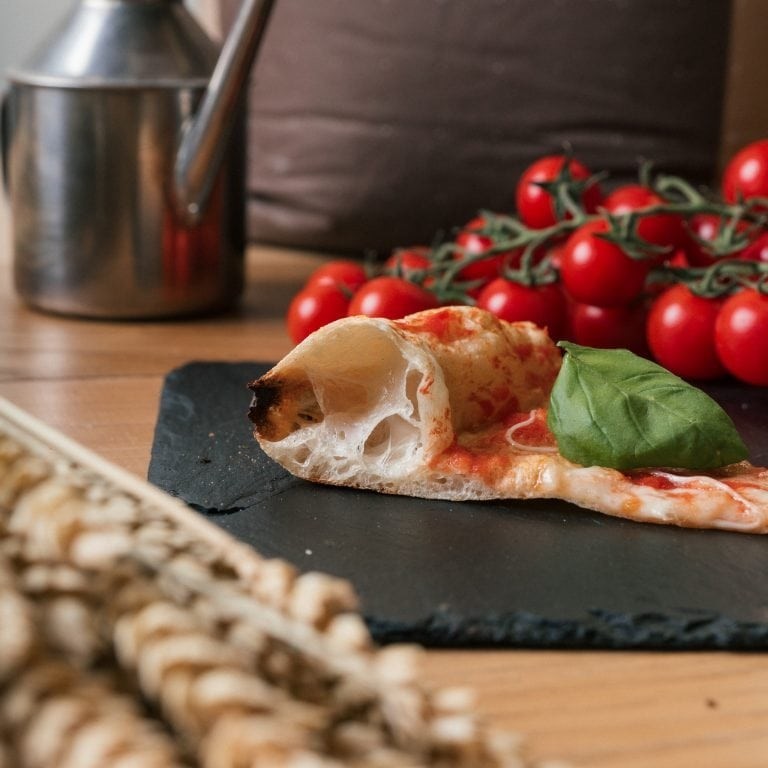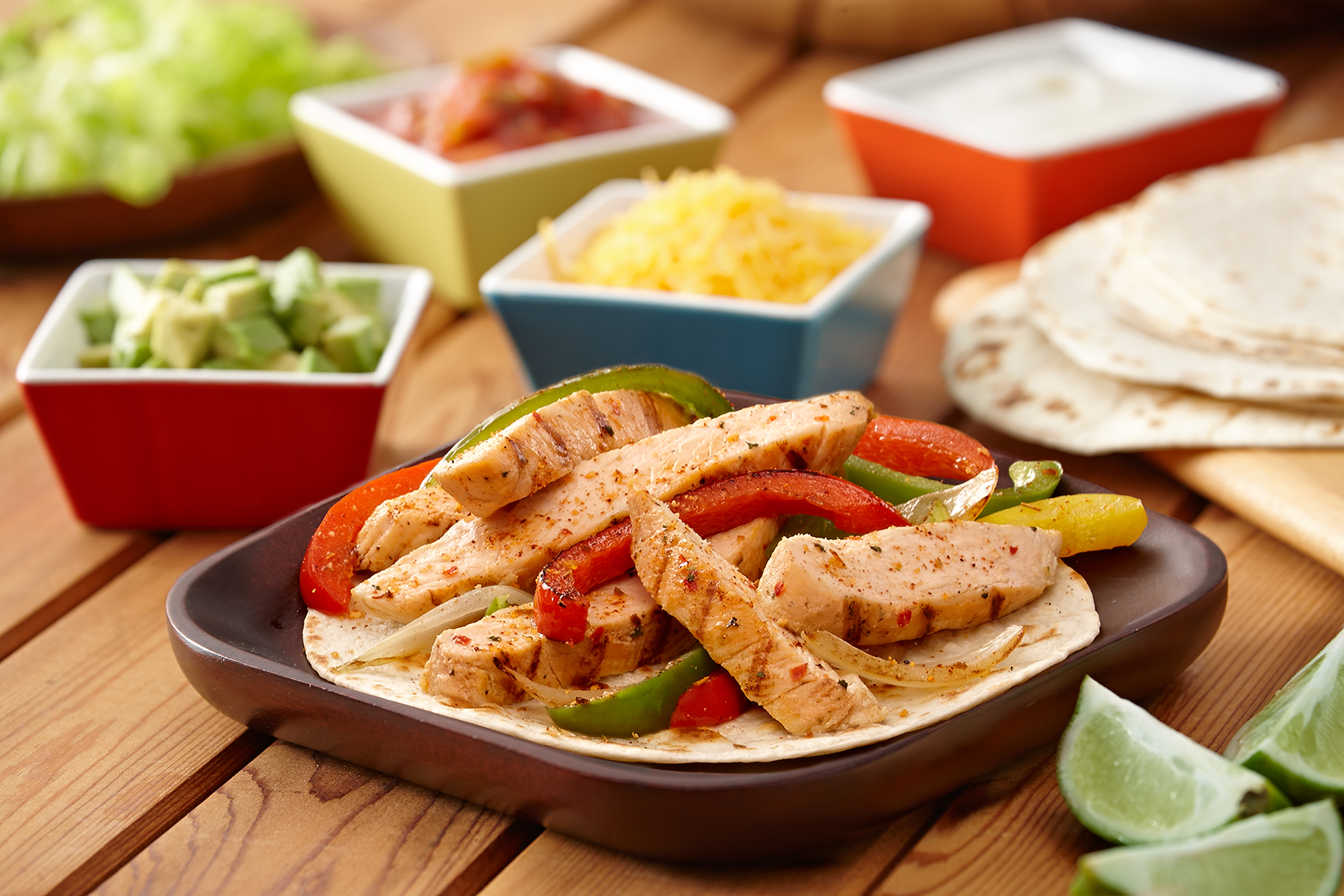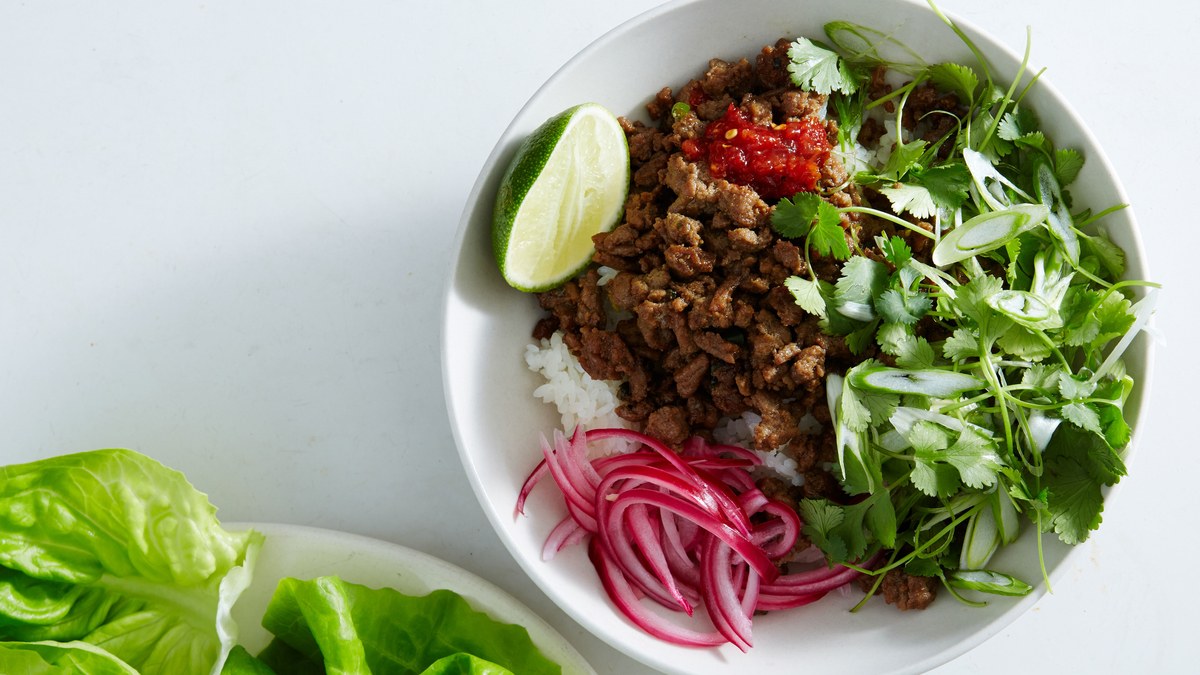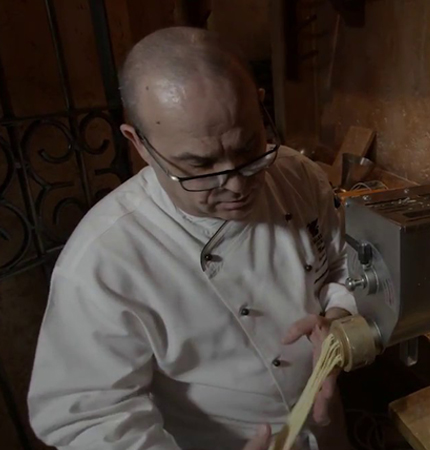The flour is composed of insoluble proteins that play a very important role in the dough. These proteins are called gliadin and glutenin. The former makes the dough extensible, while the latter makes it more tenacious. These two proteins, in contact with water and thanks to their mechanical strength, form a visco-elastic network called Gluten. During the leavening process, the gluten has the task of retaining the gas produced by the yeasts and during cooking favors the escape of the gases forming a solid scaffolding that will allow the dough to support the ingredients that we will put on the pizza.
Now, let us see what are the main processes that take place in the preparation of a dough. During the kneading phase physical-mechanical phenomena occur that vary according to what the working time is. In the first few minutes the effort of the kneading machine increases (gluten as it is formed, it opposes an ever increasing resistance) until reaching the maximum consistency. After the first 5 minutes have elapsed, the kneading effort remains constant and the knit begins to take on a constant consistency.
- To understand the exact moment when the glutinic mesh is well formed, just observe the mixture; when it will wrap around the divider bar and you will hear a discontinuous crackling (this signal indicates that the air enters the now dense mesh, causing a compression of the gases that generates the sound we perceive) the point of dough has been reached the right degree of glutinic mesh formation.
- Moreover, the dough will visually appear very light, almost glossy, while it will be smooth, velvety and so to the touch. If you are working with a spiral kneading machine, the dough will have reached the dough point when the mass (or part of the mass) enters the spiral forming a small whirl, while around the splitting bar the so-called " pumpkin".
- Usually the processing times depend on the water that we add to the mixture. Generally, for a 60% hydration, it takes about 15 minutes, while, for hydrations above 70%, it takes 20 minutes. If these processing times are exceeded, the mesh would be more and more so, the excessive heating of the mixture due to over-long processing would cause the glutinous mesh to be shredded.
- Temperature also plays a decisive role. The heat of the mass as well as having important effects on leavening greatly affects the speed of gluten formation. If the water added to the mixture is very cold, then close to 0 ° C (frozen dough), the jersey will take much longer to reach the dough point, whereas if the water temperature is very high (max 28 ° C) the shirt will form quickly.
- The formation times of the mesh also depend on the type of mixer used. The spiral kneader crushing the dough on the basket container generates friction between the particles, which allows the gluten to form quickly. The exact opposite is due to a fork mixer, which, with its very slow movement, gives a minor mechanical effort to the mixture. In the middle we find the plunging kneading machine.
- At the end of kneading it is advisable to spread on the entire surface of the dough with extra virgin olive oil and let rest for 10 minutes. After the time, pull a flap of the dough with wavy / oscillating movements, if the flap of dough will be extensible then the dough is well formed, while if it will tear, or it will be sticky or too hard to "pinch" or wrinkled, the shirt was not formed correctly.
The secret to correctly reaching the dough point is to give time to the flour to absorb every ingredient that we add.










